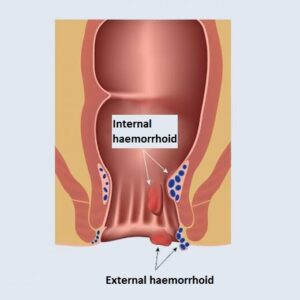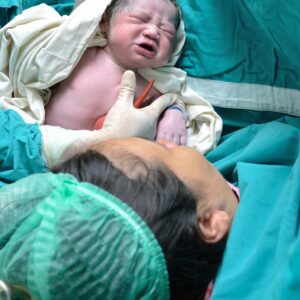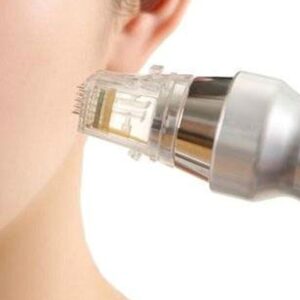Description
Familiarity with Treatment
Impacted tooth extraction is a dental procedure aimed at removing a tooth that has not fully erupted through the gum or is positioned in a way that makes it difficult to emerge normally. This procedure is commonly performed by oral surgeons and may involve local or general anesthesia, depending on the complexity of the case.
Procedure
The procedure for impacted tooth extraction involves the following steps:
- Anesthesia: Local or general anesthesia is administered to ensure the patient’s comfort during the procedure.
- Soft Tissue Incision: The oral surgeon makes an incision in the gum tissue to access the impacted tooth and surrounding bone.
- Bone Removal: If necessary, the surgeon may need to remove a portion of the bone that is covering the impacted tooth.
- Tooth Exposure: The impacted tooth is exposed and carefully removed from its position using specialized instruments.
- Closure: The incision is closed with sutures, and post-extraction care instructions are provided.
Who is it Suitable for?
Impacted tooth extraction is suitable for individuals with teeth that have not fully erupted through the gum or are positioned in a way that makes them difficult to emerge normally. This commonly includes impacted wisdom teeth and other teeth that are causing discomfort or dental issues due to their positioning.
Who is it Not Suitable for?
Impacted tooth extraction may not be suitable for individuals with certain medical conditions that may increase the risks associated with the procedure. Additionally, careful consideration and evaluation by a dental professional are necessary to determine the most appropriate treatment for each individual case.
Advantages
- Relief from Discomfort: Impacted tooth extraction can provide relief from discomfort and dental issues caused by teeth that have not fully erupted through the gum.
- Prevention of Further Issues: Removing impacted teeth can prevent further dental issues and promote oral health.
Complications
- Infection: There is a risk of postoperative infections, as with any surgical procedure.
- Nerve Injury: In rare cases, nearby nerves may be affected during the extraction, leading to temporary or permanent numbness, tingling, or altered sensation.
- Dry Socket: This occurs when the blood clot that normally forms after an extraction becomes dislodged or dissolves, exposing the bone and nerves.
Preoperative Care
Before undergoing impacted tooth extraction, a comprehensive evaluation is performed by a dental professional to assess the condition of the impacted tooth and the surrounding oral structures. This may include a review of the patient’s medical history and dental examination.
Postoperative Care
After impacted tooth extraction, postoperative care may involve managing pain and discomfort, as well as following specific instructions provided by the dental professional. This may include taking prescribed medications, practicing good oral hygiene, and attending follow-up appointments to monitor the healing process.





Reviews
There are no reviews yet.